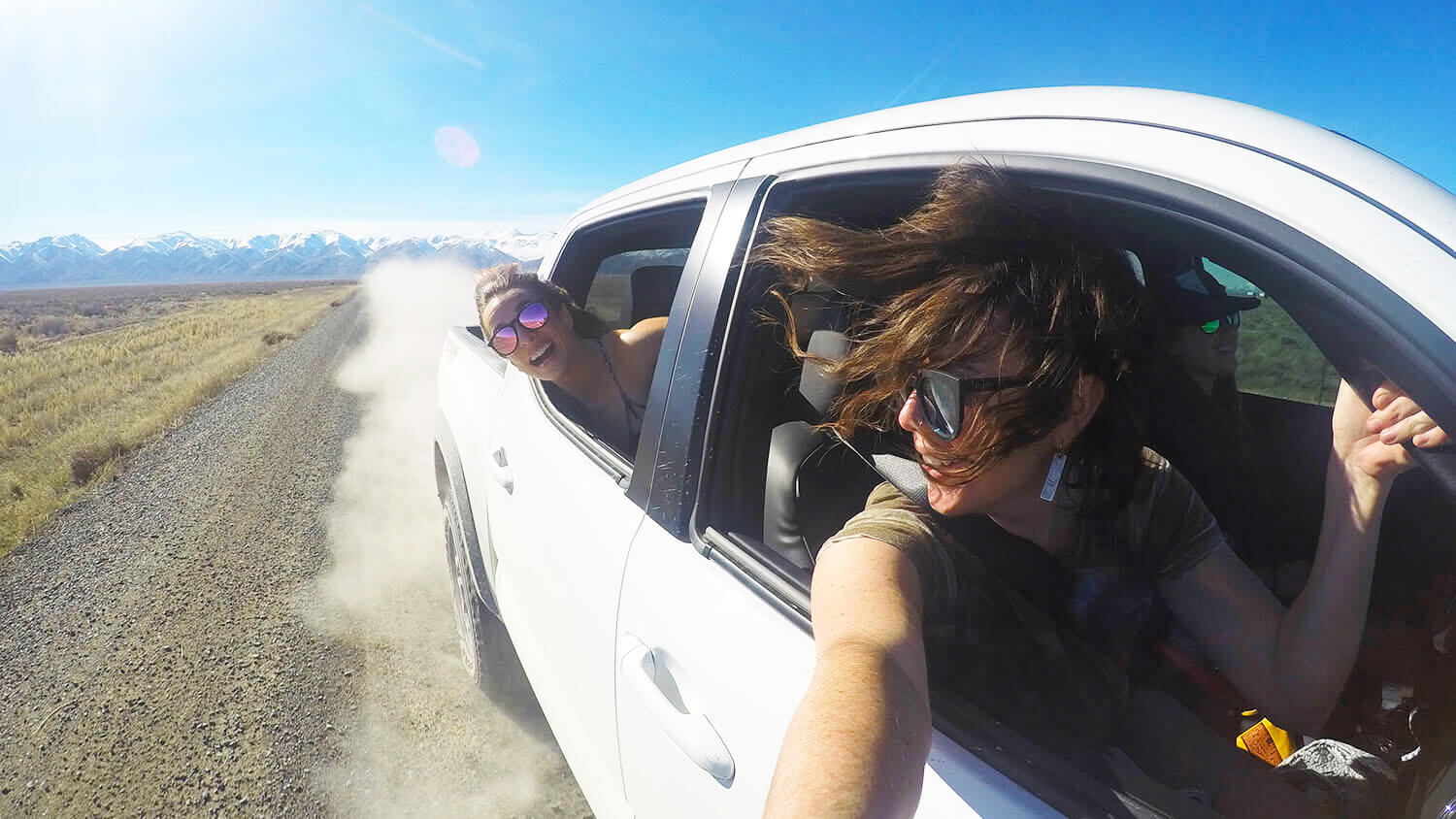
BEYOND THE ASPHALT: 19 Ways To Live By The Dirt Road Code
Nearly 85% of Nevada is public land. That means there are literally thousands of miles of dirt roads, trails, and tracks crisscrossing more than 300 mountain ranges, wide-open valleys, desert canyons, and everything in between — all of it begging you off the road to come get some serious Silver State dirt on those tires.
But the only good way to do it is to do it safely and responsibly.
Whether you’re a newcomer planning to venture out on your very first backcountry foray or a dusty ol’ pro whose slept in their truck more than their bedroom, brush up on Nevada’s Dirt Road Code and arm yourself with the knowledge you need to make sure your dirt road tales are the kind you want to swap around the campfire someday.
Travel Nevada Pro Tip
OHV.NV.GOV/TRAILS.

1. Get your packing list dialed
Travel Nevada Pro Tip
Getting prepped and ready to roll out into rural Nevada for the very first time can sometimes feel like a mission to the moon. You’re headed into some deliciously remote countryside that’s sure to unlock an echelon of freedom you may not know exists, but it also means this: if you don’t bring something, you’ll most likely have to live without it for the next few days. Only you know what you need to be comfortable on (and off) the road, but here are some tried-and-true items to make your pack list foolproof:
- Headlamp, flashlight, and maybe even a solar lantern or two
- Camping stove of your choice and the corresponding fuel
- Cookware, plates, bowls, utensils
- Lighter
- Camp chairs
- Sleeping stuff: pillows, blankets, comforters — whether it’s for your tent or the back of your rig (Plastic storage bins are good for these, too)
- Towels (If you’re going hot springing, bring robes, too)
- Sunscreen and insect repellant
- Garbage bags (and plenty of them)
- Cooler and snack box
- Binoculars and camera
- Deck of cards and dice
- Jumper cables (spring for a jump pack, if you can)
- Tire patch kit
- Tow strap
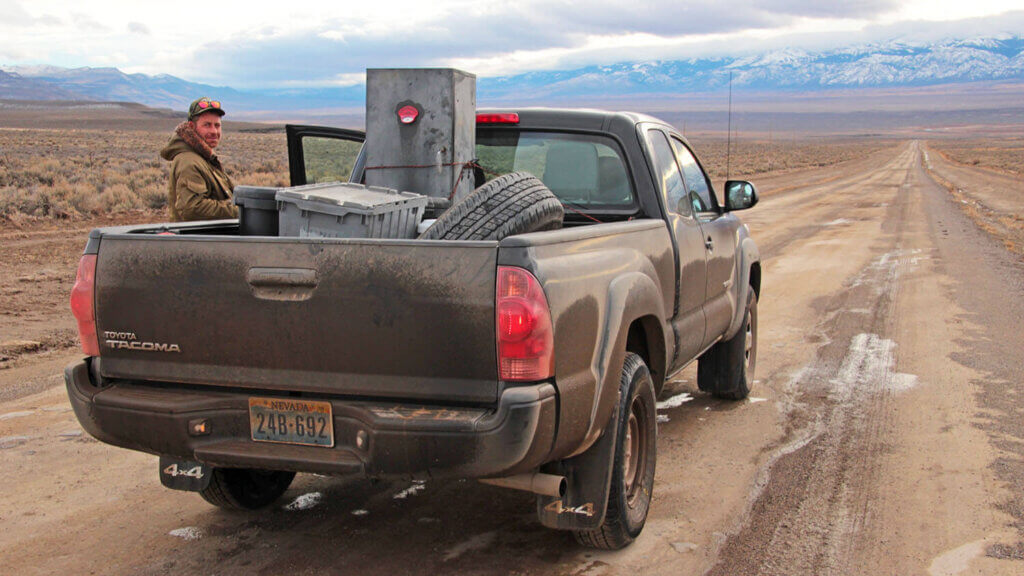
2. Bring shovels & an air compressor
Most times, you’ll never need either, but if you or anyone else you encounter gets in a jam, you’ll be glad you have both. In addition to getting you unstuck, shovels are also handy for tending to a fire, or even using as a flagpole for your camp.
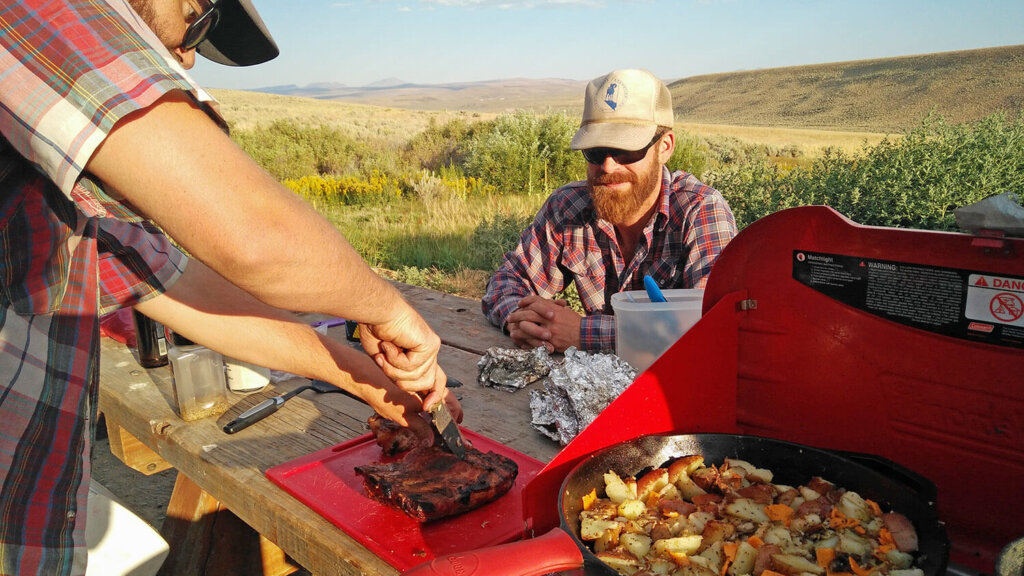
3. Pack plenty of water and food — good food
Sounds obvious, but you’d be surprised what kind of stuff we hear. Most people need about a liter of drinking water per day, but be sure to grab more if you need it to bathe or cook with. Best bet? Get a multi-gallon water jug and fill it at home.
Pack more snacks and meals than you think you’ll need, in case you get stranded and have to wait for help. The worst case scenario is you don’t need it and just get to take it home and have a future night off kitchen duty.
Speaking of food: The craziest myth about camping is that you’re stuck with crappy, readymade food. The truth is, whether you’re cooking in your house or at a picnic table, the tools are the same — and the food will taste at least as good (if not better) when you dig into in a spot with better views and ambiance than any restaurant. All it takes is a little bit of prep and you can be chompin’ down on steaks, grilled veggies, or whatever floats your tastebuds’ boat. (The dudes in the pic above even hauled their smoker to that spot.)
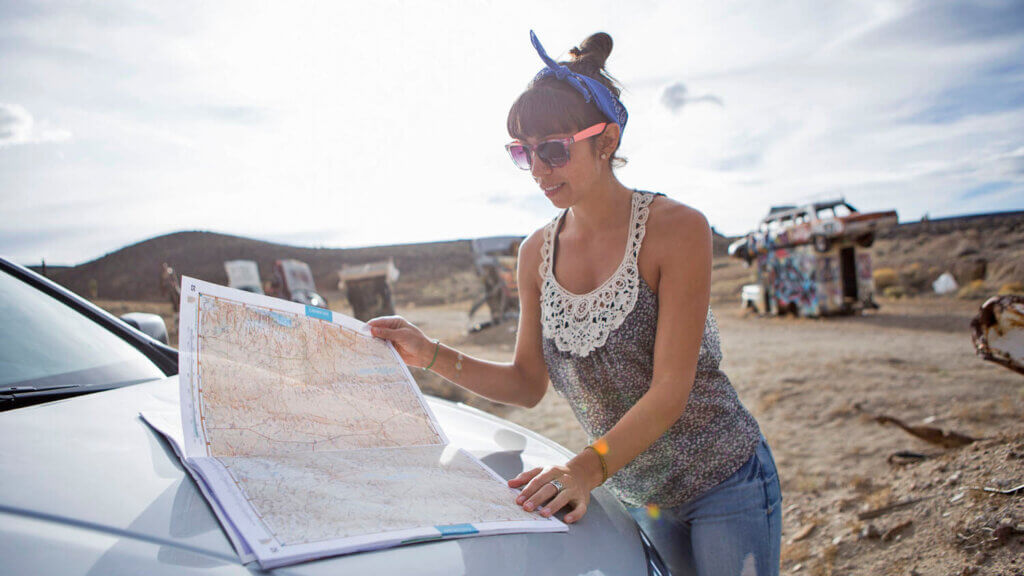
4. Always carry a paper map or atlas
In backcountry Nevada, web-based mapping apps — and even GPS — are usually wonky, often unreliable, and sometimes flat-out wrong. Once you get off the road (and, for that matter, plenty of places on it, too), cell service frequently ranges from patchy to non-existent.
Get yourself topographical maps of the areas you plan to visit (and travel through — not just the final destination). Or do yourself a real favor and spring for super-detailed, recently updated statewide atlas.
Benchmark Maps are our preferred fav, and while you’re at it, just spring for the $25 atlas. It’s a good item to keep tucked in your gearbox, sure to unlock a level of contentment tenfold.
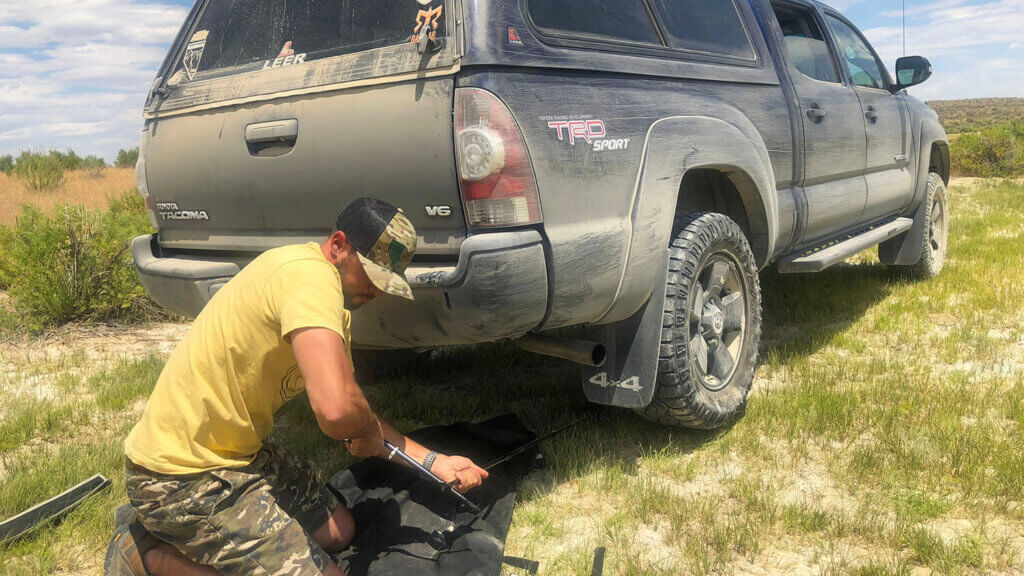
6. Get good tires and know how to change them
Many of Nevada’s backroads aren’t the cut-up, rutted-out 4×4 tracks you might expect, but instead are glorious dirt-ified expressways where you can zip down the valley. However, once in a blue moon, no matter if you’re rolling with 9-ply tires or not, it just happens: you get a flat.
Make sure that you’ve got some good solid tread on some good solid all-terrain tires, and carry a full-size spare with the proper jack and lug wrench to change it. If you’ve never done it before, practice in your driveway — you don’t want your first time to be in the backcountry (or worse: the interstate on the way there).
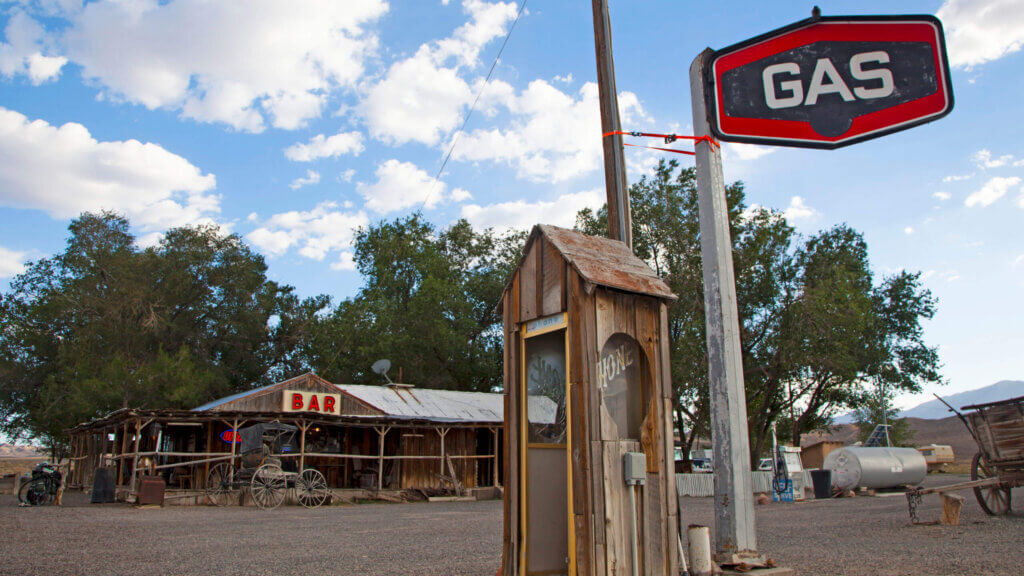
7. Top off before leaving civilization and be sure to carry extra fuel
Even on paved highways, Nevada gas stations can be few and far between. It’s also not uncommon to roll up to a pump only to find out that the last time it filled a tank was 20 years ago.
As a good rule of thumb, fill your tank before you hit the road and plan where to top off before leaving it for the backcountry. Even smarter: get a 5-gallon can and fill it up. If you need it, you’ll be glad you did. And, like meals, if you don’t — well, that’s five gallons less to worry about when you’re back in civilization commuting to work.
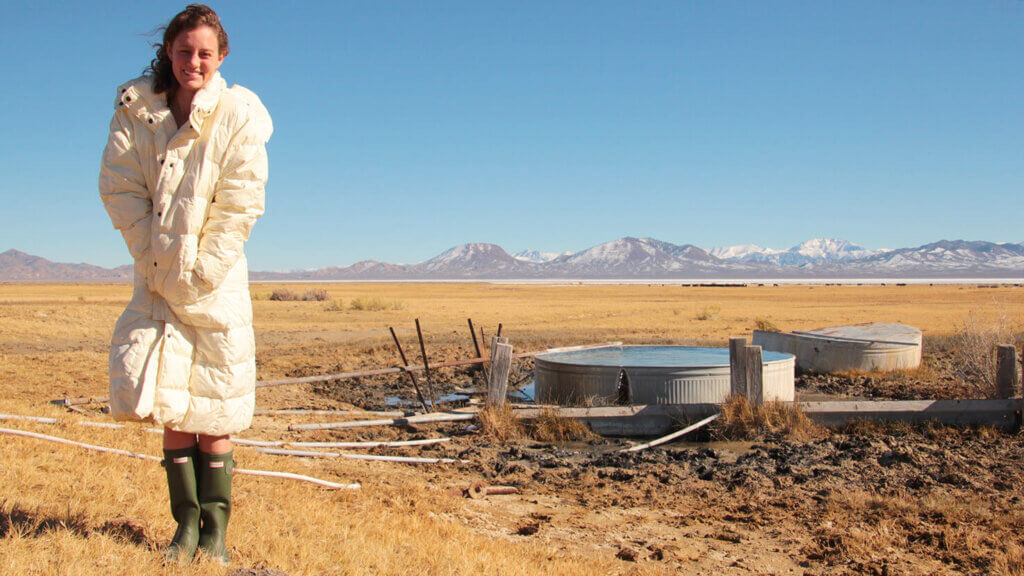
8. Pack your down puffy, bathing suit, and everything in between — because Nevada
We wish we were kidding, but the right get-up for exploring Nevada is kind of a little bit of all of them. But that just means that, whether your weekend gets hit with a freak blizzard, sun-scorcher, white squall, or damn near everything in between, you’ll be ready to rock.
Plus, sometimes the outfits you’ll don out there will be a slick combo like a down jacket, bikini, and mukluks. It gets the job done, you’re comfortable and (more importantly) ready for Nevada’s curveballs.
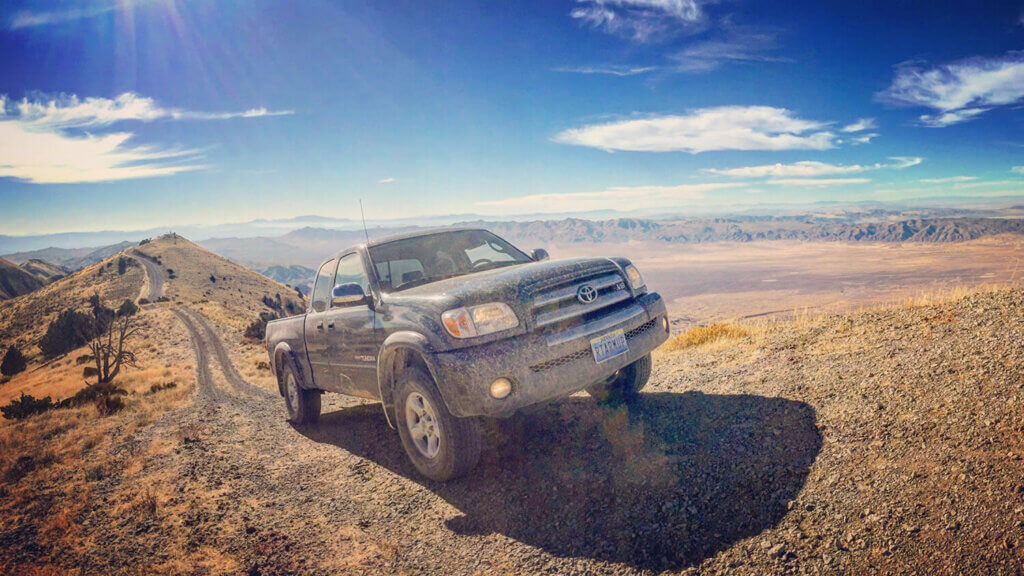
9. Some of the best roads aren’t even really roads
So, that Benchmark atlas we told you to snag — whip that baby out and zero in on some mine or hot spring or ghost town or some other place cool you want to check out. Most of them don’t have a paved road leading to them — and many of them, not even a dirt one, but maybe a double-track trail, instead. That’s a big reason why many of these places still exist.
That said, this is one time in life we’ll tell you: don’t go blazing your own trail. The desert is a sensitive place and there are plenty of existing routes to get you into some exciting territory.
In love with the Silver State as much as we are? Learn what you can do to help us keep the places we cherish special—and open—for us and future generations.
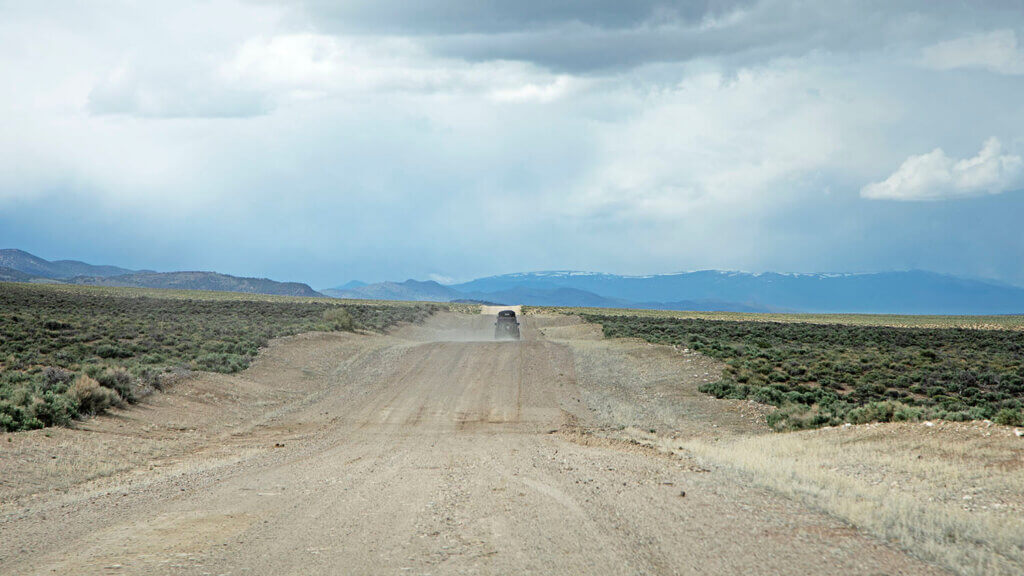
10. Keep your distance between cars
No one likes being tailgated. Or dealing with chipped or broken windows. If you’re caravanning with a crew of friends down a wide-open Nevada valley, you’re extremely unlikely to lose them. Let ‘em drift up ahead well ahead of you and follow their dirt cloud — without having to eat it all.
Similarly, if you roll up on someone who’s out for a Sunday Drive and wants to go slower than you, they will usually pull off and let you pass. If they don’t get the memo, have the courtesy to back off and go check out some side road for a bit. If you’ve made it to where you’re going, you’re probably not in a big hurry anyhow.
Other side of the coin: if you’re the Sunday Driver, pull over and let whoever IS in a hurry get to where they’re going.
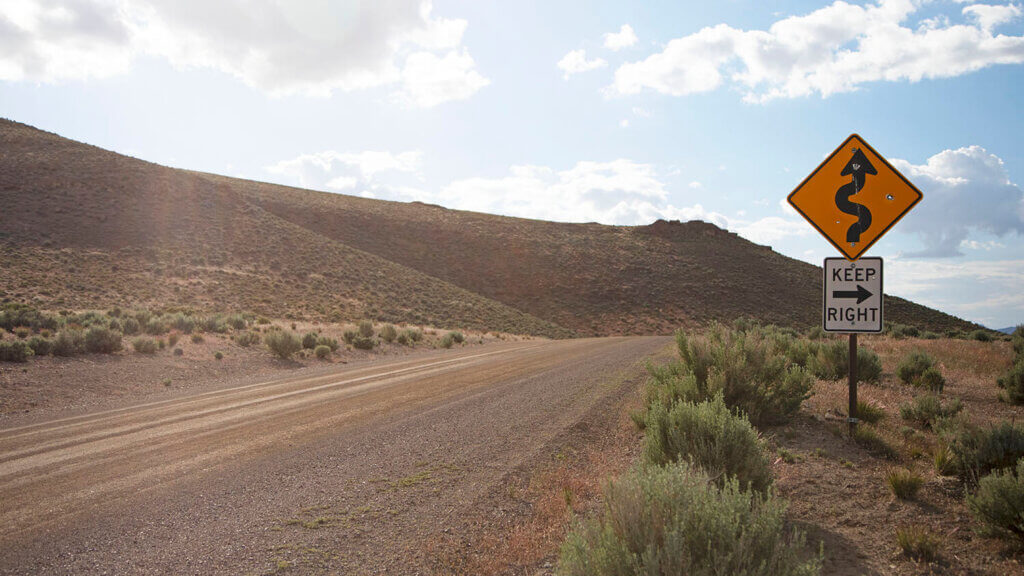
11. Stay to the right, even if it seems like a one-lane road
Stay on your side of the road as much as possible, especially when it’s a blind turn or you’re ascending a blind hill. Even if you’ve had the road to yourself for what seems like (and may actually be) hours, there are times when you least expect that you’ll get to the top of the next hill or around that corner and be surprised by another dirt road rambler coming in your direction, and fast.
In that situation, you’ll be saying a prayer to the dirt road deities, happy you were both on your respective sides of the road with enough room to pass each other. (By the way, a horn toot at one of these features is considered a friendly “Hey, I’m here!” rather than a “Hey, screw you!”)
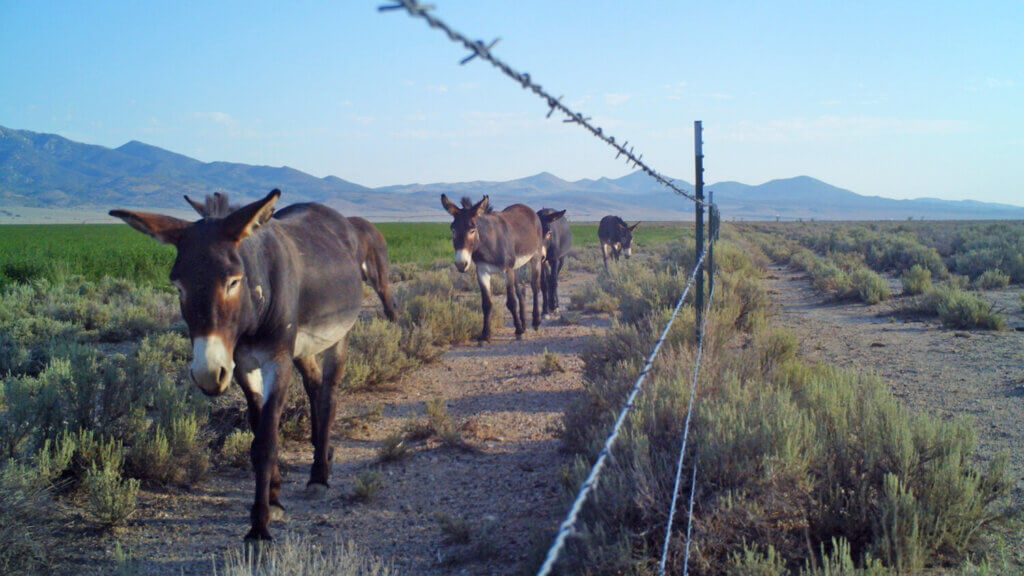
12. Keep your eyes peeled for critters
Speaking of speed: if you’re going so fast you can’t avoid hitting an animal, you’re going too fast. Beyond the asphalt, the fauna ranges from rattlesnakes and rabbits to coyotes, antelope, wild horses, burros, and more. Remember: when you’re out here, you’re on their turf.
Be sure to keep an eye out for large birds of prey sitting in the middle of the road, too. Although you may assume they’ll swiftly take flight as you approach, hawks, eagles and other large birds often won’t.
But the biggest things that definitely don’t are good ol’ cows. When you see Open Range signs, or even just other cows, slow down. A collision with one of them is always extremely bad news for you, your truck, the rancher, and (of course) the cow.
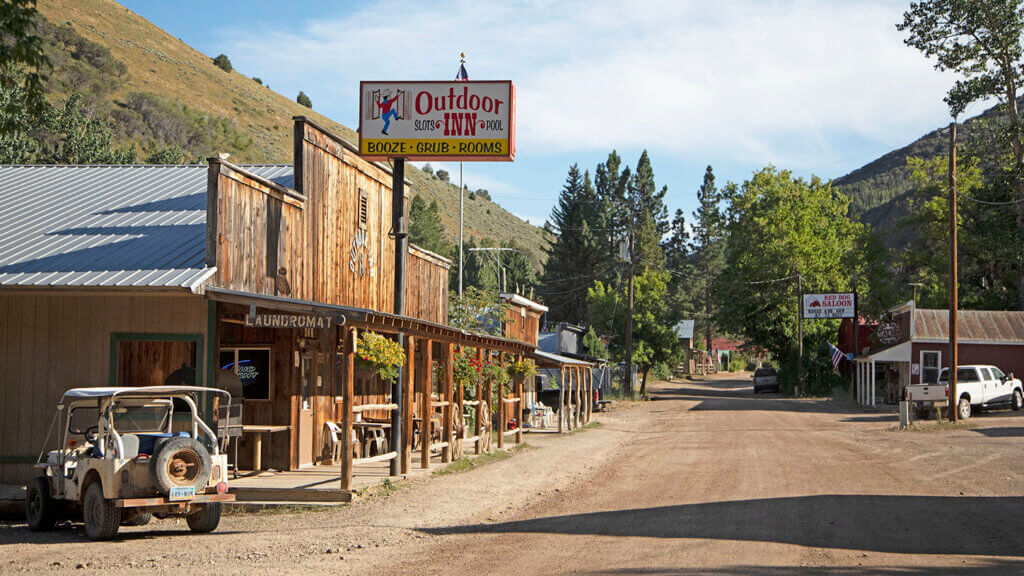
13. Slow it down driving through ranches or small communities
Slow down when you hit civilization, whether it’s posted or not — both to reduce danger and to keep the dust down. If you’re an out-of-towner, the more you slow your roll while you’re cruising into a town that’s not yours, the more kudos you’ll get from the locals.
Thanks to your mindful pace, their cars, houses, yards, and faces won’t be covered in a thin layer of dust your vehicle kicks up… plus, you’ll be extra alert of spunky ranch dogs that may run out to “greet” you as you pass on by. If you earn a friendly little steering-wheel-wave from an oncoming motorist, you’re doing it right.
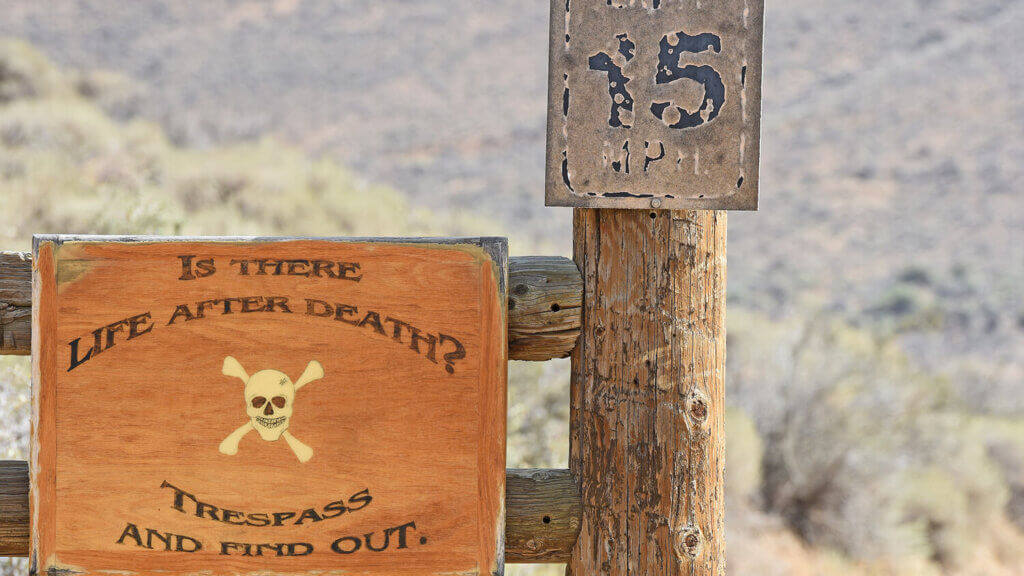
14. If the sign says “No Trespassing” … don’t trespass
When you find a place marked “No Trespassing” or “Private Property,” head back the way you came, even if you think no one is watching. If you can’t find someone to ask permission from, don’t trespass. (It could literally mean your life.)
It’s safe to say that no matter where you go, the land you step foot on belongs to someone. Whether that be local ranchers, someone in the nearest town, an Indigenous tribe, or the public via the Bureau of Land Management (BLM) or United States Forest Service (USFS). Some public land, although it’s “ours,” may be periodically closed off for any number of reasons.
Regardless, if a sign tells you that you don’t belong, even if you think you do, you don’t.
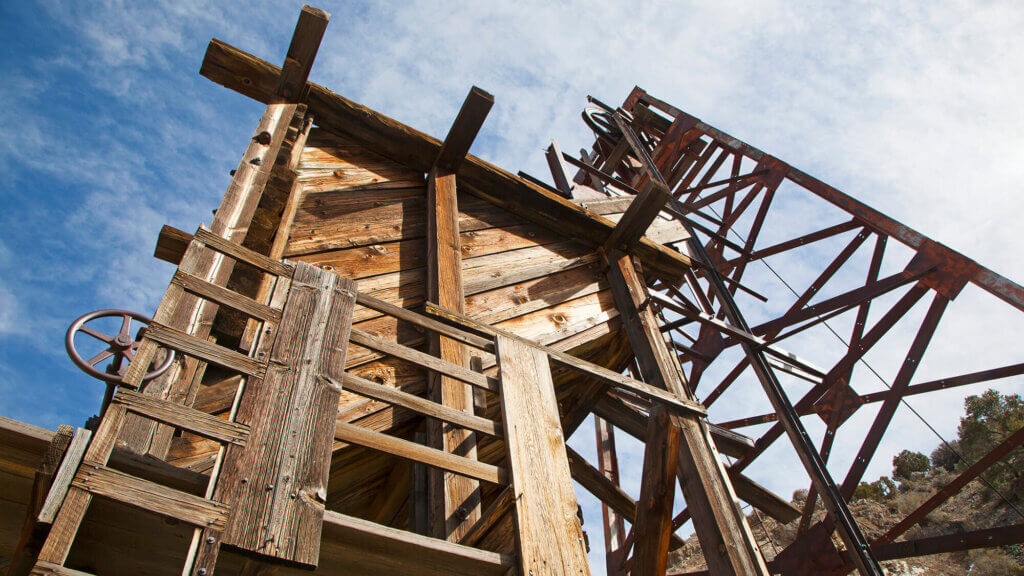
15. Finders doesn’t always mean keepers
Even if you’ve just discovered the coolest old mining parts. Or the perfect insulator has fallen from a defunct powerline. Or a pair of Levis tucked inside an old miner’s cabin. You get the picture. Take some photos and admire the thing. Then leave that bad boy right where you found it and cruise.
Not only is taking these relics extremely uncool, it’s also illegal. Resist the urge to pillage so the next explorer can have the same experience you did, and our American story can keep moving forward.
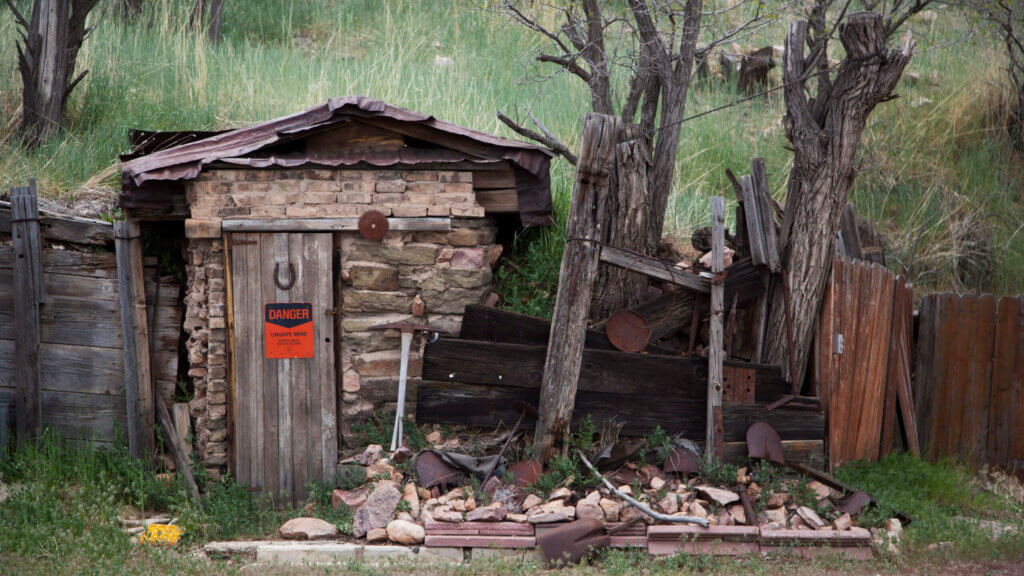
16. Stay Out, Stay Alive
Though it may not seem like it from afar, old mines and long-defunct ghost town structures are dangerous. Floorboards break, cave-ins are common, and fatal gasses seep out of these things that don’t have an odor or color. Even something as simple as walking around the entrance to one can stir up enough toxic sediments to kill a person — and routinely does.
In other words… “don’t be like Jimmy.”
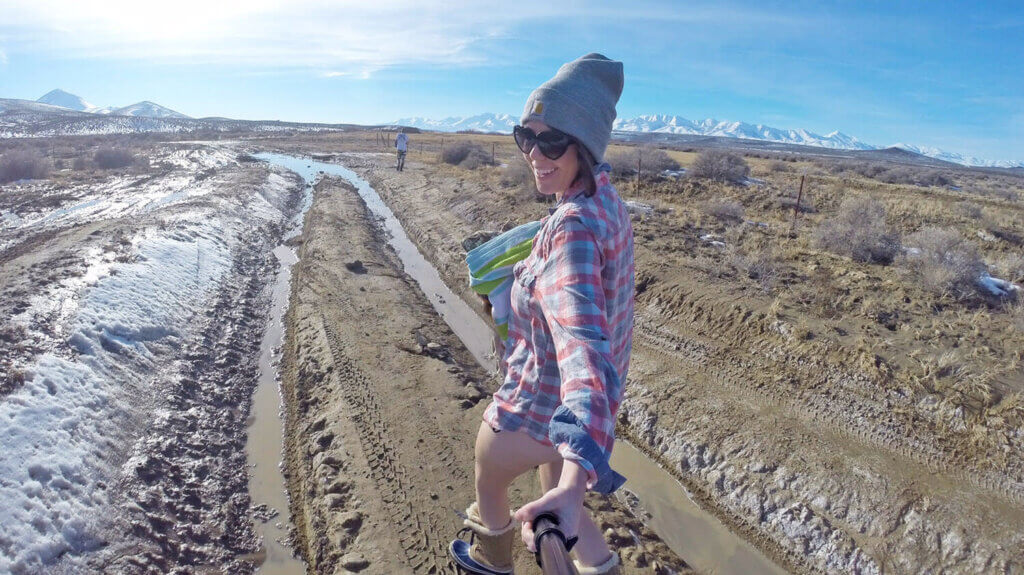
17. Be prepared to hoof it in for the final ascent
If we had a nickel for every time we had to hit the eject button and walk the last 100 yards in… Just consider it part of the adventure. If roads are wet and rutted or otherwise undrivable, don’t run the risk of getting your rig stuck and/or worsening the condition of the road for everyone else.
Odds are, if you’ve been cooped up in the car all day, some fresh air a leg stretch are already what you’re needing. That, and could it be more fulfilling hoofin’ it in the last teensy bit? (Besides, you packed those mukluks, anyhow, right?)
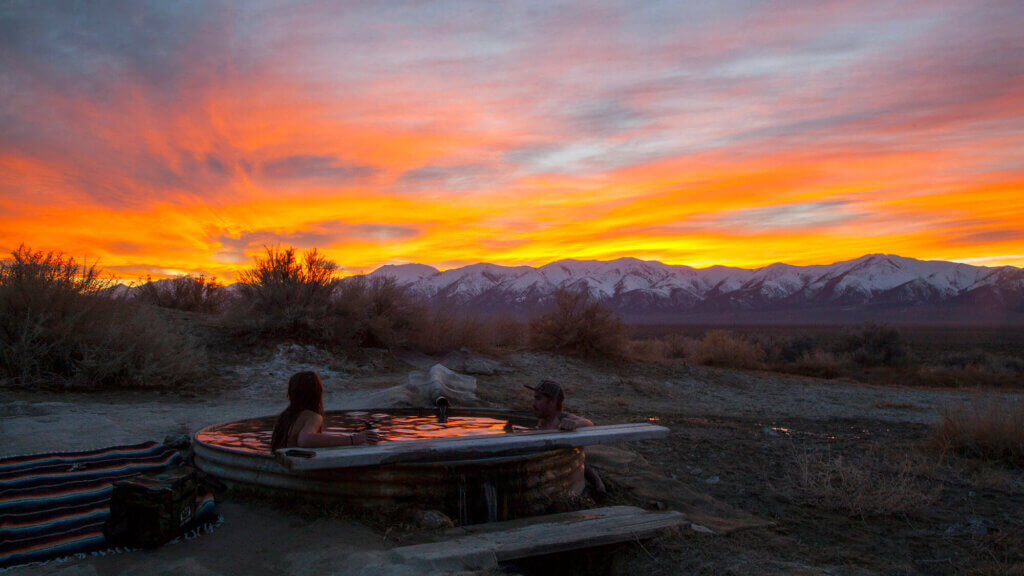
18. Get somewhere for sunset
Driving at night sucks anyway. Especially in the suddenly featureless Nevada backcountry. And double especially after you’ve missed what could’ve been a face-melting sunset somewhere awesome.
In addition to just enjoying a spectacular Silver State sunset, a the sun starts to drop behind those ranges, you’ll find it easier and easier to spot wildlife as they come out of refuge, after hiding from the intense sunlight during daylight hours.
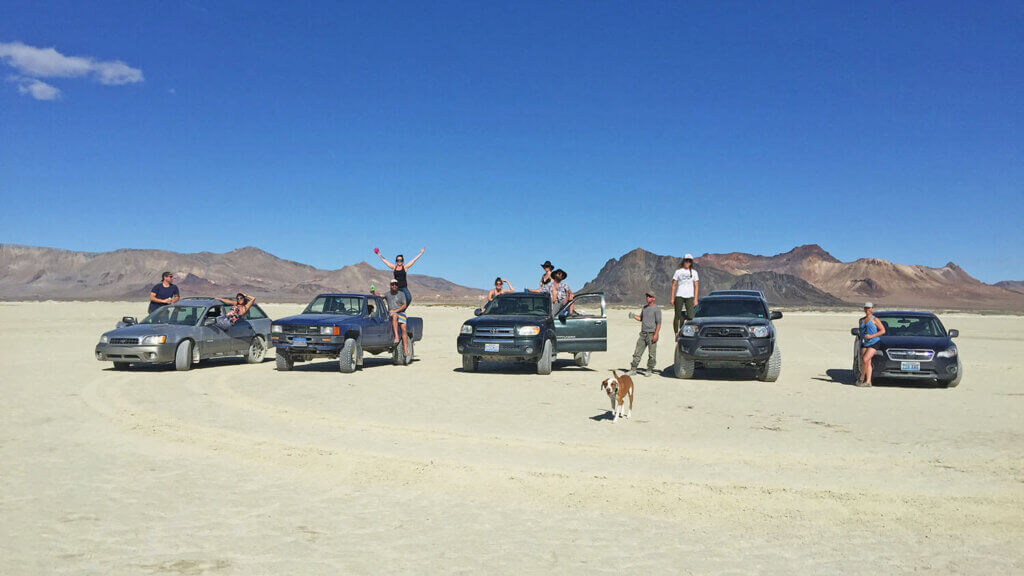
19. Remember, kids: “the journey is the destination…”
Sure, it sounds cliché (and kinda is). But out here, it’s also true.
Although you’ve certainly got your sights set on getting into a specific region or place, you wouldn’t even be reading this if you weren’t prepare to embrace the fun of getting there.
And there’s really no better way to do just that than right here in Nevada.
Get Inspired
Related Stories
